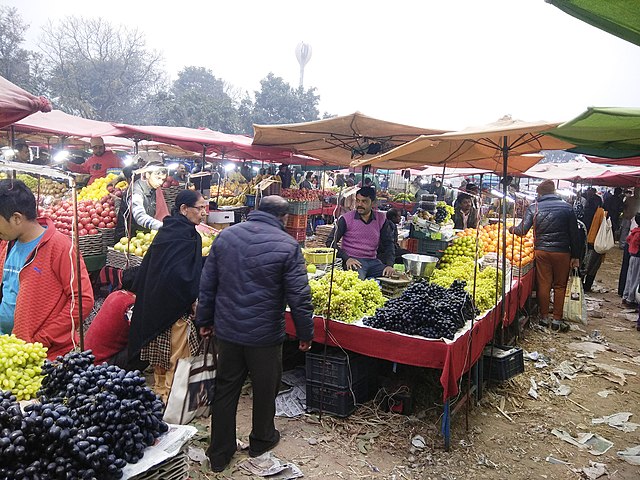 With the new COVID-19 variants spreading in places such as Latin America and the Caribbean, poverty and hunger rates continue to increase. The International Fund for Agricultural Development (IFAD) has expressed its support for people suffering from these issues. It created a program with the main focus of providing money to businesses that depend on food systems. IFAD is also helping out by working with school programs. Here is more information about IFAD’s plans to alleviate hunger.
With the new COVID-19 variants spreading in places such as Latin America and the Caribbean, poverty and hunger rates continue to increase. The International Fund for Agricultural Development (IFAD) has expressed its support for people suffering from these issues. It created a program with the main focus of providing money to businesses that depend on food systems. IFAD is also helping out by working with school programs. Here is more information about IFAD’s plans to alleviate hunger.
IFAD Helps Those Living in Poverty
The COVID-19 pandemic has brought on more challenges to many people, but that has not stopped IFAD from helping those in need. Since 2020, millions of people have received assistance and several projects have emerged. With the challenges of the pandemic, IFAD has been working to support citizens who lack access to essential resources such as food. The Rural Poor Stimulus Factory emerged to help farmers who were not able to work effectively. IFAD has also provided some digital services to countries such as Nepal and Bangladesh. It also contributed to grass-root activities, along with encouraging more citizens to get involved in other activities.
IFAD Creates New Financial Program
One way issues such as poverty and hunger can undergo resolution is by prioritizing workers who make major contributions to food systems. IFAD recently launched a financial program aimed to help businesses responsible for working with food systems. The purpose of the Private Sector Financing Programme, also known as PSFP, is to give financial assistance to small-scale farmers who struggle to provide food due to a variety of barriers. Some of the benefits they will receive include loans and other financial assistance. The benefits from PSFP will also help workers reach their potential through job opportunities, which will open the door to more solutions for hunger and poverty.
IFAD Expresses Support for Farmers
While Latin America and the Caribbean continue to see the worst of the COVID-19 pandemic, IFAD is working to help citizens who have suffered from pandemic-related challenges. IFAD has been supporting programs in Mexico that teach citizens about components such as economic development. It has invested a lot of money to help farmers in Mexico learn more skills and pursue their passions. In Guatemala, IFAD was able to help maintain the availability of school feeding programs during the lockdown. Farmers in Guatemala also had the opportunity to sell crops to citizens. The Rural Adelante Project, which received funding from IFAD, worked to guarantee citizens access to nutritious foods in El Salvador. IFAD also created a virtual marketplace to help farmers who lacked access to essential resources.
The International Fund for Agricultural Development has helped people living in poverty through a variety of ways, which includes expanding access to food and other resources. IFAD’s new financial program, the Rural Poor Stimulus Factory, aims to help workers suffering from pandemic-related challenges. Despite the COVID-19 pandemic taking a toll on Latin America and the Caribbean, IFAD made different contributions to serve those living in underprivileged communities.
– Chloe Moody
Photo: Wikipedia Commons

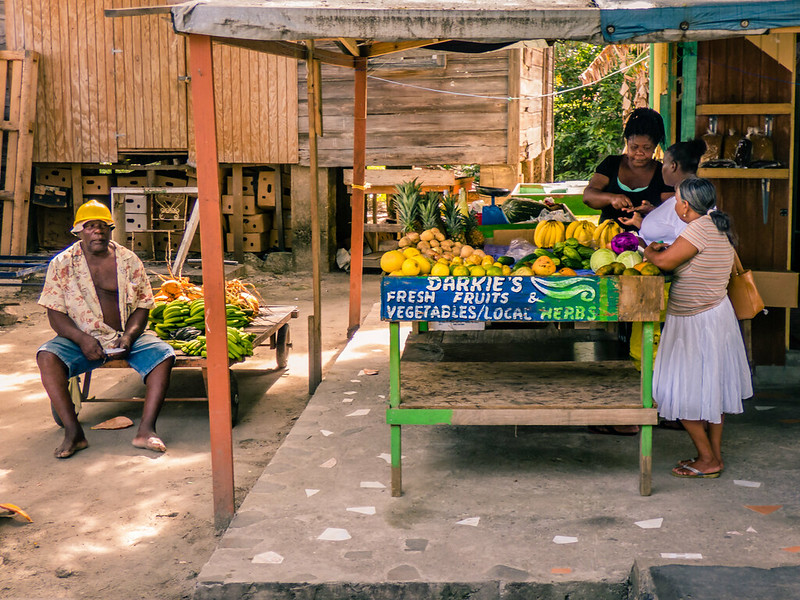 Non-Communicable Diseases (NCDs) are now causing more damage than communicable diseases, globally killing approximately
Non-Communicable Diseases (NCDs) are now causing more damage than communicable diseases, globally killing approximately
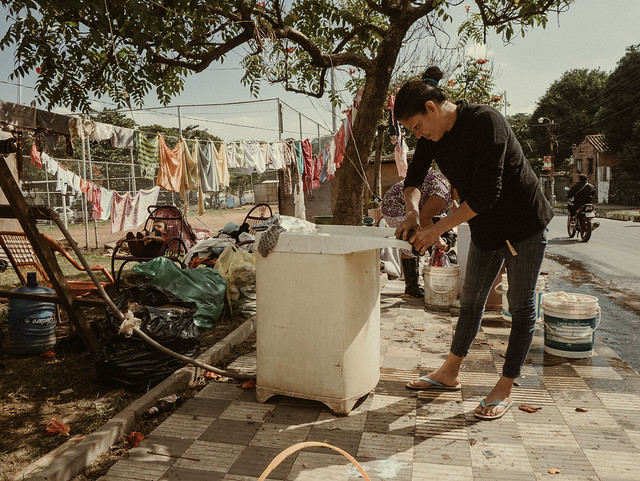
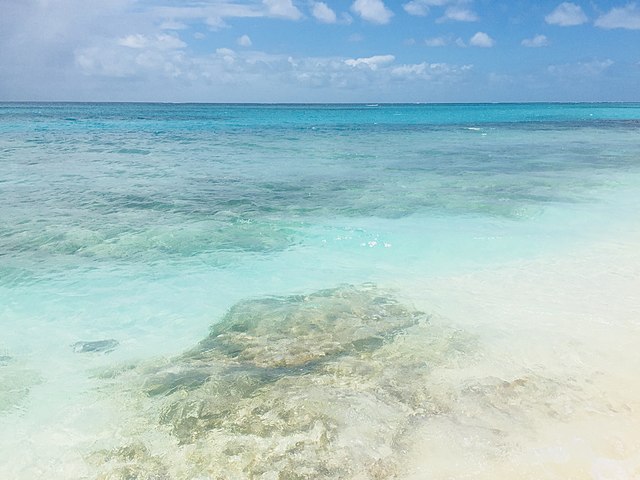 Anguilla is a Caribbean island about half the size of Washington D.C., nestled between the Caribbean Sea and the Atlantic Ocean. Its tropical climate and terrain of low-lying coral and limestone have all contributed to this beautiful island’s dramatic water crisis. With a
Anguilla is a Caribbean island about half the size of Washington D.C., nestled between the Caribbean Sea and the Atlantic Ocean. Its tropical climate and terrain of low-lying coral and limestone have all contributed to this beautiful island’s dramatic water crisis. With a  Following a
Following a 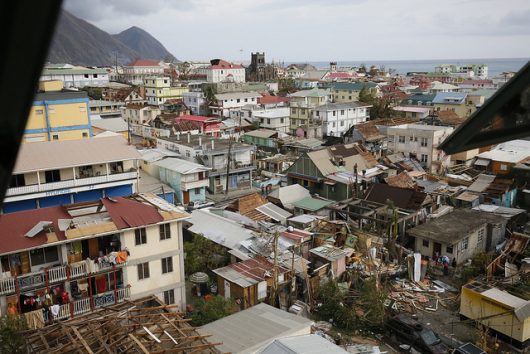

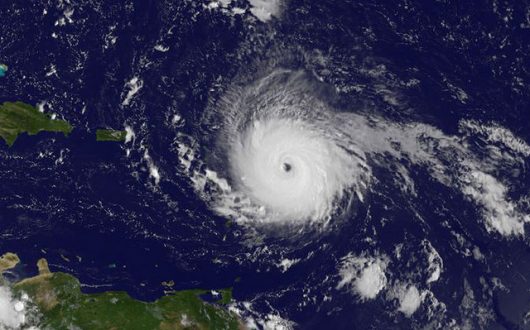 The aftermath of Hurricane Irma, which hit the Caribbean and United States in September 2017, along with the
The aftermath of Hurricane Irma, which hit the Caribbean and United States in September 2017, along with the